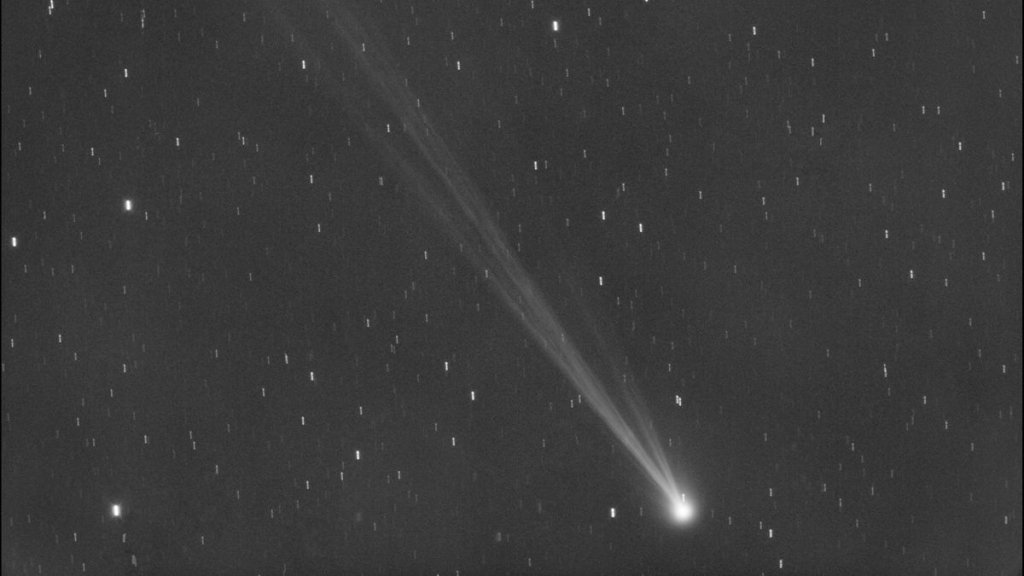If you’ve been wanting to get out and see Comet Nishimura for yourself, this week is likely your last chance.
For those of us in the Northern Hemisphere, Comet C/2023 P1 Nishimura has just a few days left before it moves closer to the sun and will no longer be visible in the pre-dawn hours.
To see it before it’s gone for the next 400 years, you’ll need to get up early, before the sun rises. Look to the east-southeast in the hour or so before dawn and find the Leo constellation; the comet will be making its way down the Lion’s tail this week but by Sept. 16 will be rising along with the sun. A stargazing app could be your best bet to locate it and determine if you’ll be able to see low enough to the horizon to spot the comet.
Related: Will newfound Comet Nishimura really be visible to the naked eye? Experts aren’t so sure
Want to see the next bright comet in the night sky? We recommend the Celestron Astro Fi 102 as the top pick in our best beginner’s telescope guide.
You’ll need an unobstructed view of the horizon in order to see the comet, which will be just eight degrees or so above the horizon on the morning of Sept. 13 (less than the width of your fist at arm’s length). It will be lower each morning at the same time until it vanishes from view into the glare of the sun.
Luckily, the nearly-dark waning crescent moon heading into September’s new moon should provide dark skies the next few mornings to help you spot Comet Nishimura.
Comet Nishimura was first discovered by amateur astronomer Hideo Nishimura of Kakegawa City, Japan on Aug. 12. Nishimura was able to spot the comet before any of the larger automated telescope systems like the Panoramic Survey Telescope and Rapid Response System (Pan-STARRS) in Hawaii, which in itself is quite an accomplishment.
Astrophotographers and skywatchers have been watching the comet with great interest throughout the past few months, even witnessing it lose its tail to a strong blast of solar wind in what is known as a disconnection event.
Comet Nishimura will make its closest approach to the sun on Sept. 18, known as perihelion. If it isn’t completely disintegrated by solar radiation, the comet should loop around the sun and be visible to observers in the Southern Hemisphere. If this happens, it will be visible in the western sky at sunset through the end of the month.
Want to take in large areas of the night sky or get a good look at Comet Nishimura while it’s still visible? Check out our guide to the best binoculars to help you find a great pair of on-the-go optics.
Or, if you want to take a more up-close look at comets or anything else in the night sky, our guide to the best telescopes can help you find the right telescope for you.
And if you’re looking to take photos of Comet Nishimura or the night sky in general, check out our guide on how to photograph comets, as well as our best cameras for astrophotography and best lenses for astrophotography.
Editor’s Note: If you snap an image of Comet Nishimura and would like to share it with Space.com’s readers, send your photo(s), comments, and your name and location to spacephotos@space.com.

